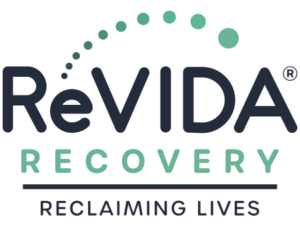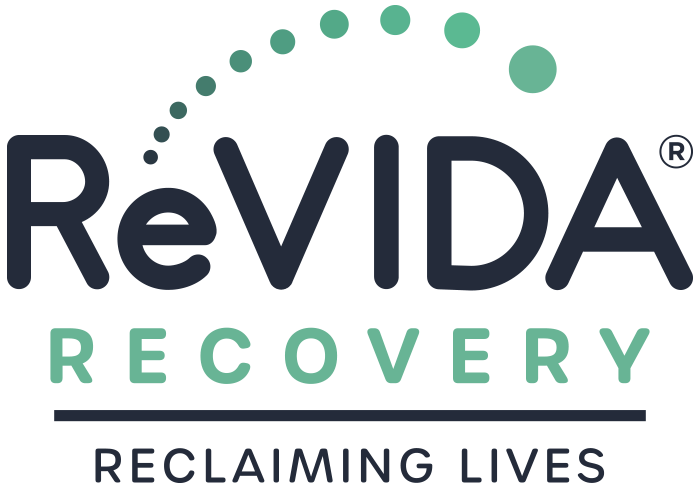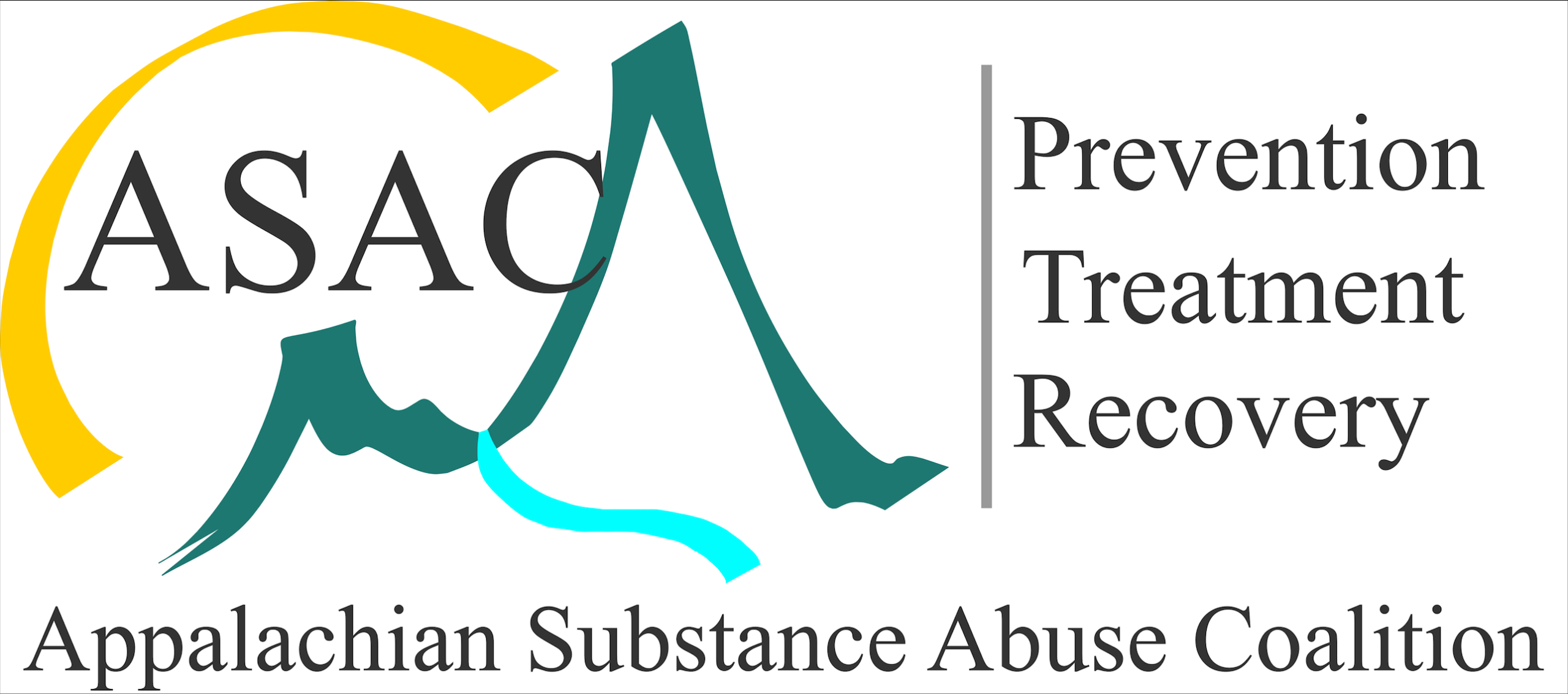
Do you worry about a loved one taking Suboxone? That if they take too much, they might return to using opioids again?
It’s understandable to be worried, especially if you are unfamiliar with Suboxone and how the treatment process works. But the truth of the matter is, it’s highly unlikely for your loved one to overdose on it.
In Virginia, 5 out of every 100 people are prescribed buprenorphine, which includes Suboxone. ReVIDA® Recovery is a proud prescriber of Suboxone as a part of our recovery program. We offer same-day appointments to provide ease of access to treatment and connect those curious about Suboxone treatment to information.
But, what happens if you take too much Suboxone?
Table of Contents
Can You Take Too Much Suboxone?
Suboxone has many purposes including short-term withdrawal treatment during detox to long-term treatment of opioid use disorders. It contains two medications – buprenorphine and naloxone. While there is a stigma surrounding Suboxone that people are prone to misuse it, the opposite is the actual truth. There are cases where the dose may be too high or low, but in general, people don’t feel the need to take more of it to “get high.” Why? Because of its ceiling effect.
Suboxone’s Ceiling Effect – What Does it Mean?
Many who are familiar with Suboxone are aware of the ceiling effect, but what does this mean? Think about being inside and outside. Inside, we have a ceiling over our heads, a roof or a covering of some sort. When outside, there is no cover, and we can see up to the sky and beyond. Regardless, below our feet in both scenarios is the floor. The floor represents the baseline of not having any substances or medications within our system. Now think about taking a substance, say heroin. The goal is to get high, and the feelings keep rising as if standing outside. There is nothing stopping you from taking more heroin to keep going higher and increasing the effects. However, this can lead to an overdose, like falling from the sky without a parachute.
With Suboxone, you begin on the floor just the same. But taking Suboxone is taking a medication, which is regulated and has a purpose. Therefore, it is comparable to being inside, with a ceiling overhead. It contains naloxone along with buprenorphine. Buprenorphine provides some feelings of calm and euphoria, but naloxone keeps those feelings in check and prevents them from reaching the sky. Taking more Suboxone will still keep those feelings the same – contained by the ceiling. Naloxone is an opioid antagonist, meaning it binds with opioid receptors to block the effects of opioids. It is the same medication used to reverse opioid overdoses, and when combined with buprenorphine, Suboxone is formed to provide relief from opioid cravings and prevent opioid overdoses.
Signs You May Be Taking Too Much Suboxone
Taking Suboxone will have side effects that will get better over time. These include headaches, stomach cramps, constipation, and insomnia. Side effects are common with medications, and Suboxone is no different. However, if these effects do not go away or get worse, your Suboxone dose may be too high and require adjusting.
If you take too much Suboxone at once, it is possible to experience an overdose though it is rare. Buprenorphine on its own is an opioid, however, it is only a partial opioid agonist. This means it will not create as intense of feelings as someone taking heroin or morphine would. Taken in large quantities, buprenorphine can lead to respiratory distress similar to other opioid overdoses, though it is much more rare. Experiencing a buprenorphine overdose is more likely to be non-fatal as long as no other substances are taken. It is imperative to seek medical attention anyway, as overdosing on buprenorphine can cause complications.
How to Avoid Taking Too Much Suboxone
There are different ways to avoid accidentally taking too much Suboxone. First, make sure you are on the same page as your doctor and talk about any negative side effects you may be feeling. If you find you are having a hard time remembering your medications and when to take them, try making a schedule for yourself.
Tips for Staying on a Medication Schedule
When being treated for an opioid use disorder, you may be taking multiple medications with Suboxone and have different appointments. An effective way to keep track of your appointments and medications is to find a way to plan. Yearly planners can help you write down when you need to take what medication and when you have upcoming appointments. If you would rather use your phone, different planner apps are available where you can type in and set reminders for medications and scheduling.
Physical medication reminders may also help keep you on track. Pill containers organize medications by day, time of day, and even only certain days. This helps keep all your medications in a safe place and reminds you if you have already taken them for the day. Many come in different colors and styles so you can choose a pattern that suits your personality.
When to Talk to Your Doctor About Your Suboxone Dose
Suboxone is a medication used for treating opioid use disorder, meaning a doctor will need to prescribe it and oversee treatment. If Suboxone is making it difficult to perform daily tasks or the side effects are interfering with day-to-day life, talk to your Suboxone doctor. The dose may be too high or too low and require adjustments. If you ever experience withdrawal symptoms while taking Suboxone, let your doctor know immediately. Withdrawal can cause mental and physical discomfort and lead to a return to use. This does not mean your recovery is over and you can never take Suboxone again. Your doctor will continue to work with you to find what dose works for you.
Cravings are normal, especially for those new in recovery. If you are taking Suboxone and still having difficulties managing your cravings, speak with your doctor and be honest about what is going on. Besides adjusting your Suboxone dose, you may be recommended to other outlets of treatment, such as therapy and support groups. While Suboxone is a treatment for opioid use disorder, attending therapy and establishing a support system are also integral parts of treatment.
Exploring Suboxone Treatment Options in Appalachian States
Suboxone is an integral part of treating opioid use disorder and is readily available to those looking for hope. The stigmas surrounding Suboxone are simply not true – it is an FDA-approved medication that has helped many find their success in recovery. Suboxone treatment will entail more than just medication management, as therapy and skill-building are also components that lead to inner peace. Surrounding yourself with support and a care team that prioritizes your needs will be the key to ensuring your treatment with Suboxone is a smooth, comfortable, and fulfilling path to recovery.
If you or someone you love is curious about Suboxone or how to begin treatment, ReVIDA® Recovery has the answers. Our program consists of flexible, outpatient programming that can suit a variety of work and school schedules. We have locations throughout Tennessee and Virginia with Suboxone doctors who are compassionate and understand the different needs of each patient. We accept various insurance plans including Medicaid, so there is no barrier to paying for treatment. Call us today at 423-631-0432 to get started with Suboxone treatment.
FAQs About Suboxone Dosing
What is the ceiling effect of Suboxone?
The ceiling effect of Suboxone means that taking more will not increase its effects. This is because naloxone keeps the effects of buprenorphine in check. Buprenorphine will produce similar effects of opioids, but to a much lower degree while naloxone will prevent the increase of effects by taking more opioids.
What dose of Suboxone causes the ceiling effect?
The ceiling effect does not increase past a dose of 24mg.










